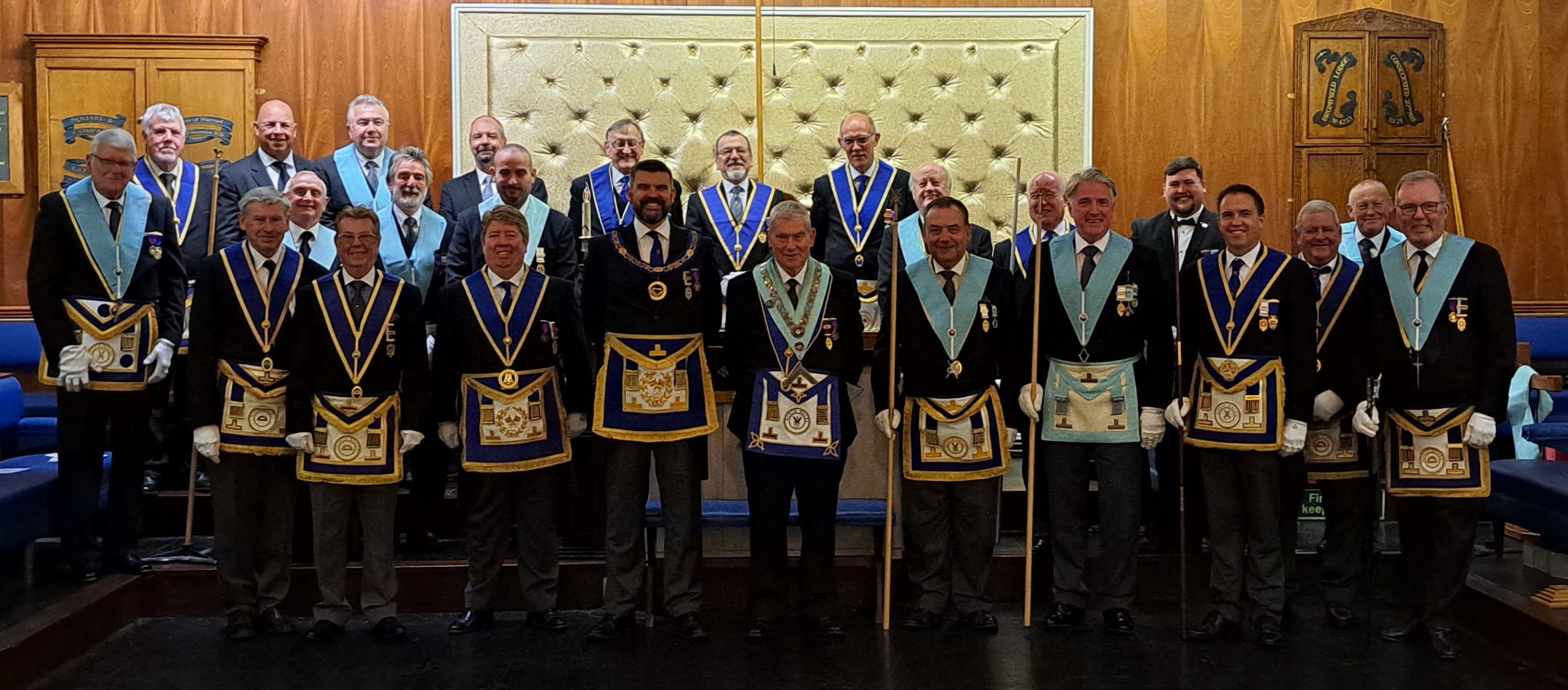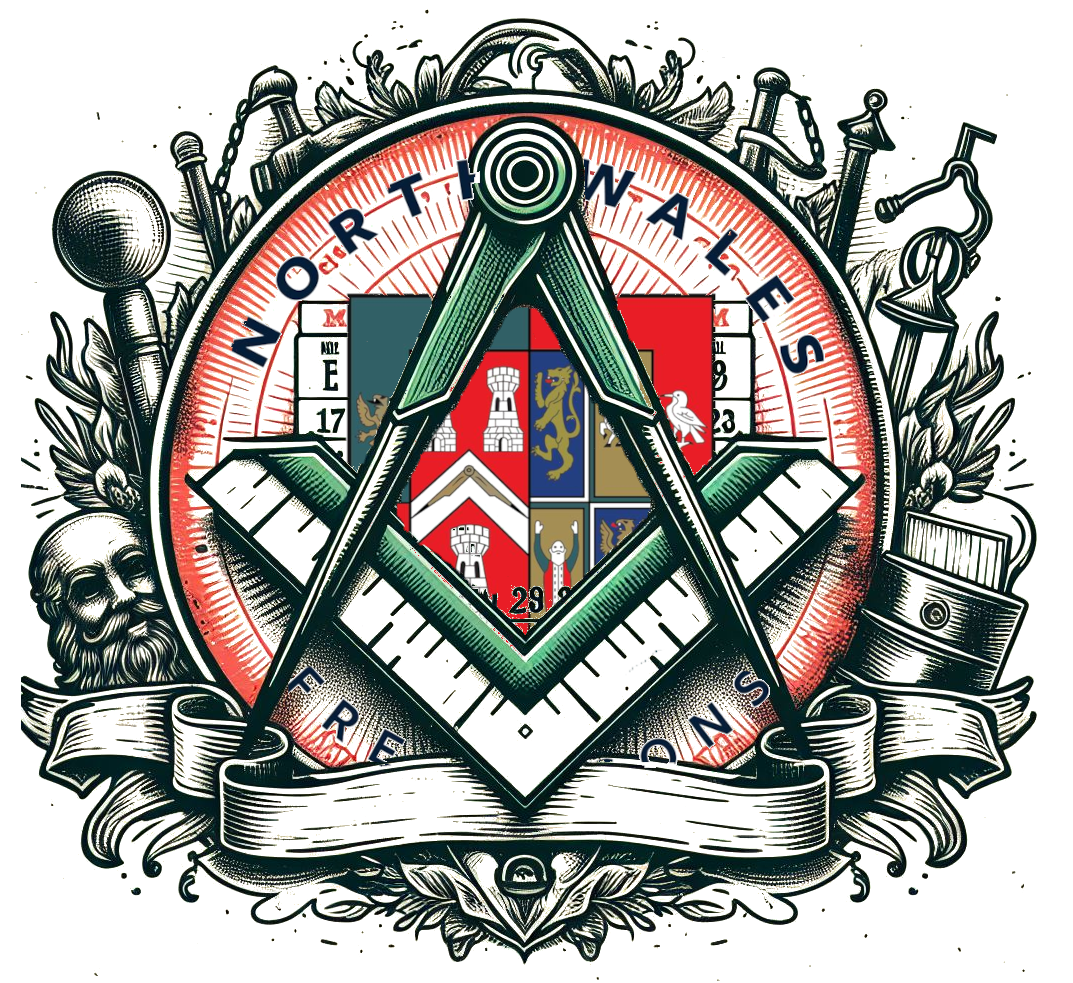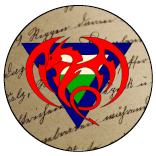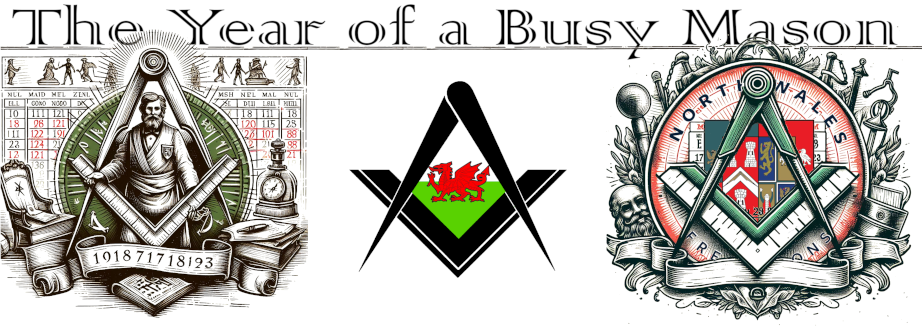This evening was the 75th Anniversary of Wrexhamian Lodge, which was held at the Maesgwyn Hall, Wrexham.
We had an Assistant Provincial Grand Master and the team down for the occasion. I was also lucky enough to be part of the visiting team (Even though I am also a member of the Lodge, notice a trend?).
The evening went well, we had a brief history of the Lodge, followed by a donation to the #2028Festival of £2028. The evening ending with a fantastic festive board, with a celebratory Wrexhamian pin badge for all.
By a very weird coincidence, the 75th anniversary of Wrexhamian Lodge was one week after the 50th anniversary of Wrexhamian Chapter, and by a very strange fluke the same person was in the chair of both during their anniversaries.
I do not know what the odds of that are, but I assume they are very low.

This was another occasion of being double booked, since this evening was also the rehearsals of Wynnstay Chapter. I did name this series the year of a busy mason for a reason.
Luckily I am not down to do anything at Wynnstay’s meeting, so there was no issue with me skipping it tonight.
Update Count:- Attended/Total
07/07 – Meetings
04/06 – Rehearsals
04/04 – Committee
Masonic Halls – 4


Freemasonry (Craft)
One of the oldest social and charitable organisations in the world, Freemasonry's roots lie in the traditions of the medieval stonemasons who built our cathedrals and castles.
It is here that a number of the famous elements of Freemasonry find their roots. In the medieval era, stonemasons often travelled around to find work in different locations. To demonstrate their level of qualification, they would use grips, words and signs in order to distinguish themselves from unqualified builders.
Freemasonry uses building analogies to teach members how to lead productive lives that benefit the communities that they live in. In the medieval era, stonemasons wore aprons and gloves to protect themselves while working on shaping rough pieces of stone, but in today’s society Freemasons meet to build friendships and communities rather than cathedrals and castles.

